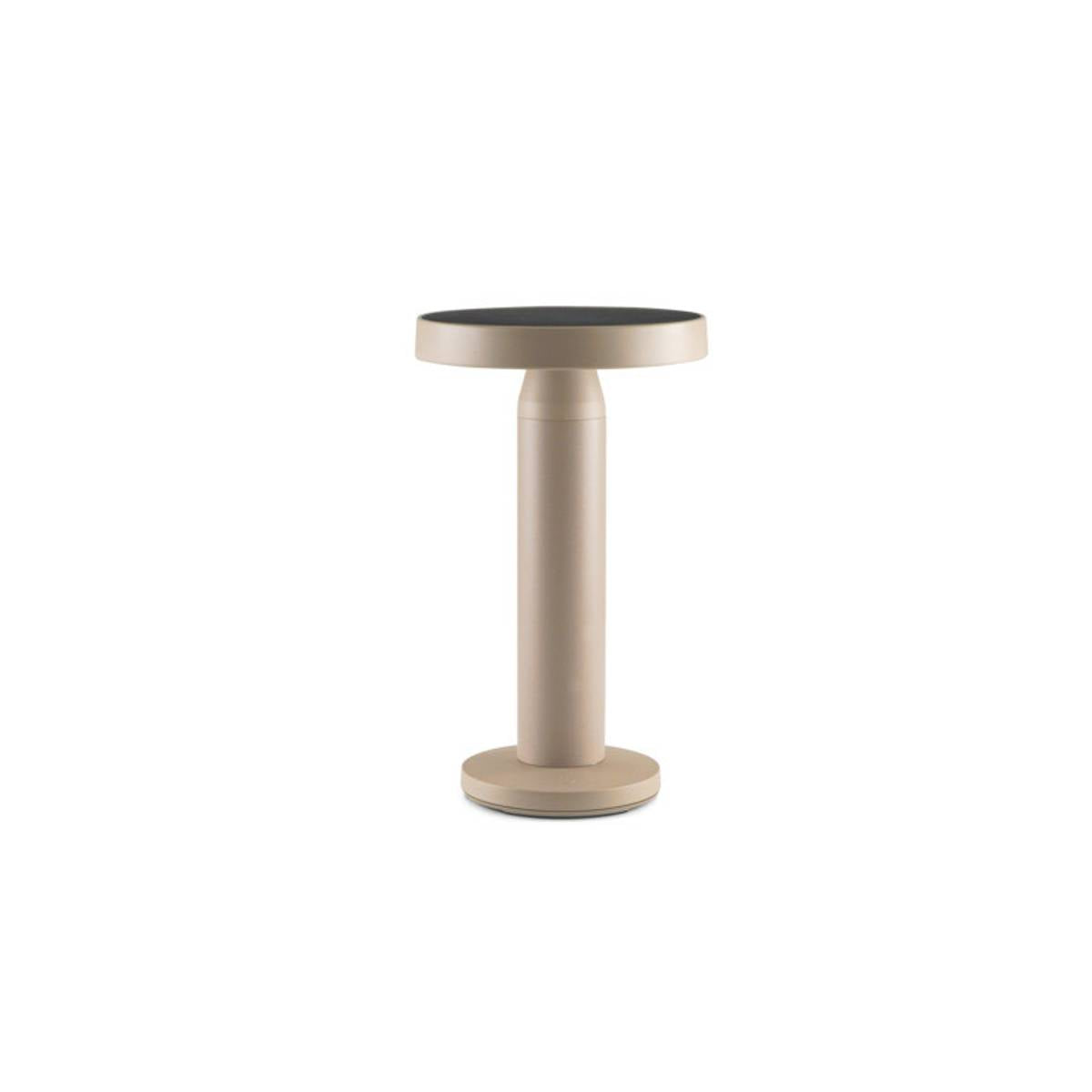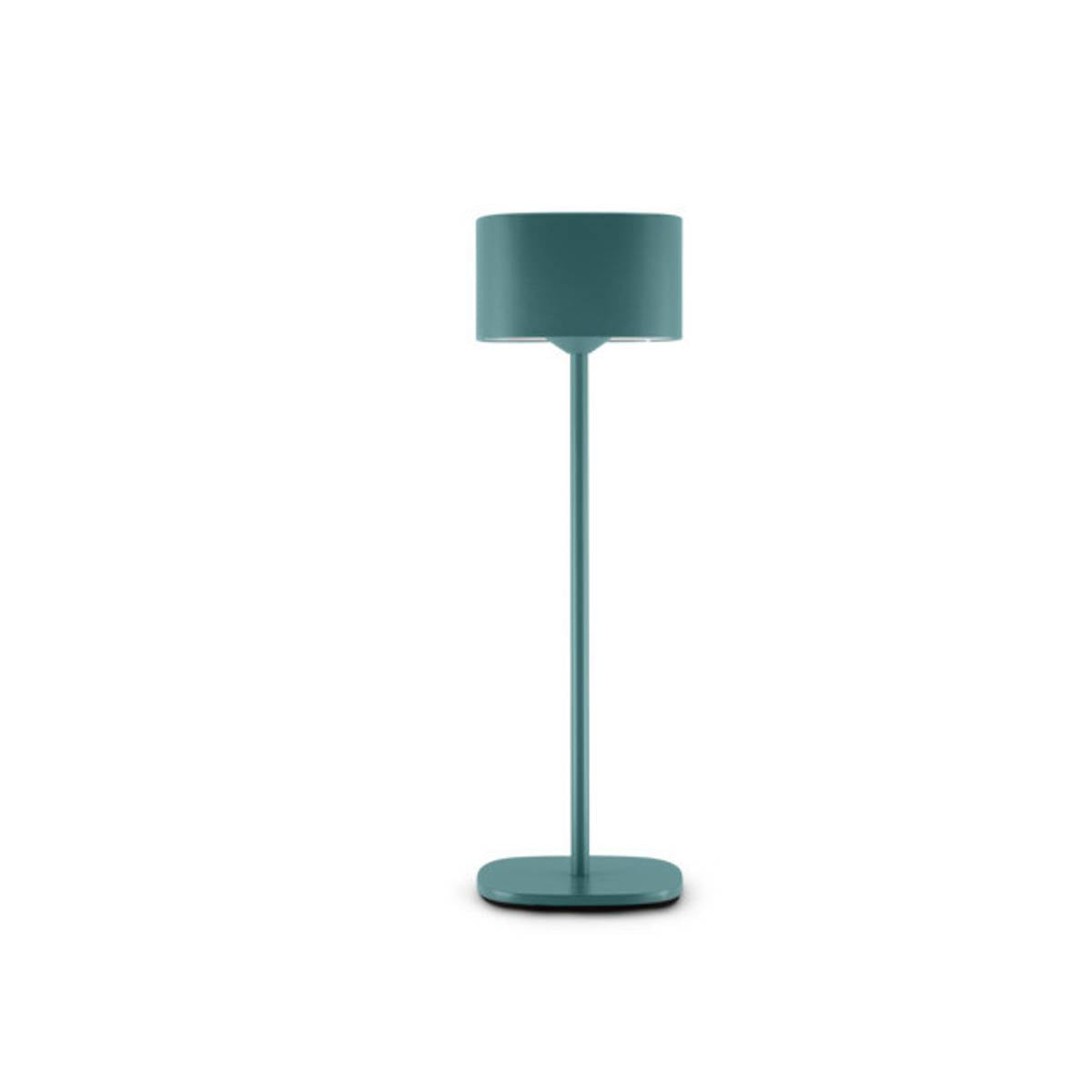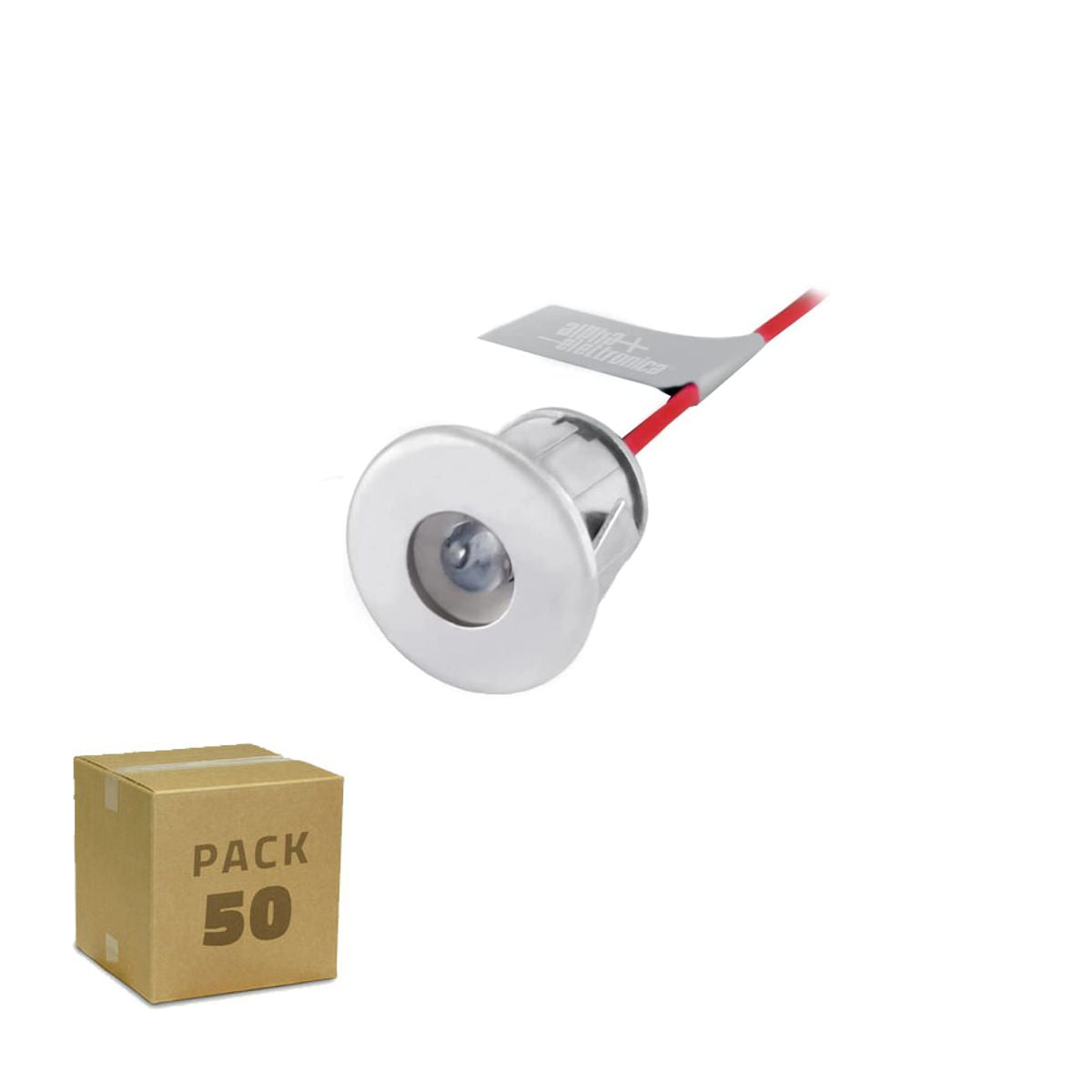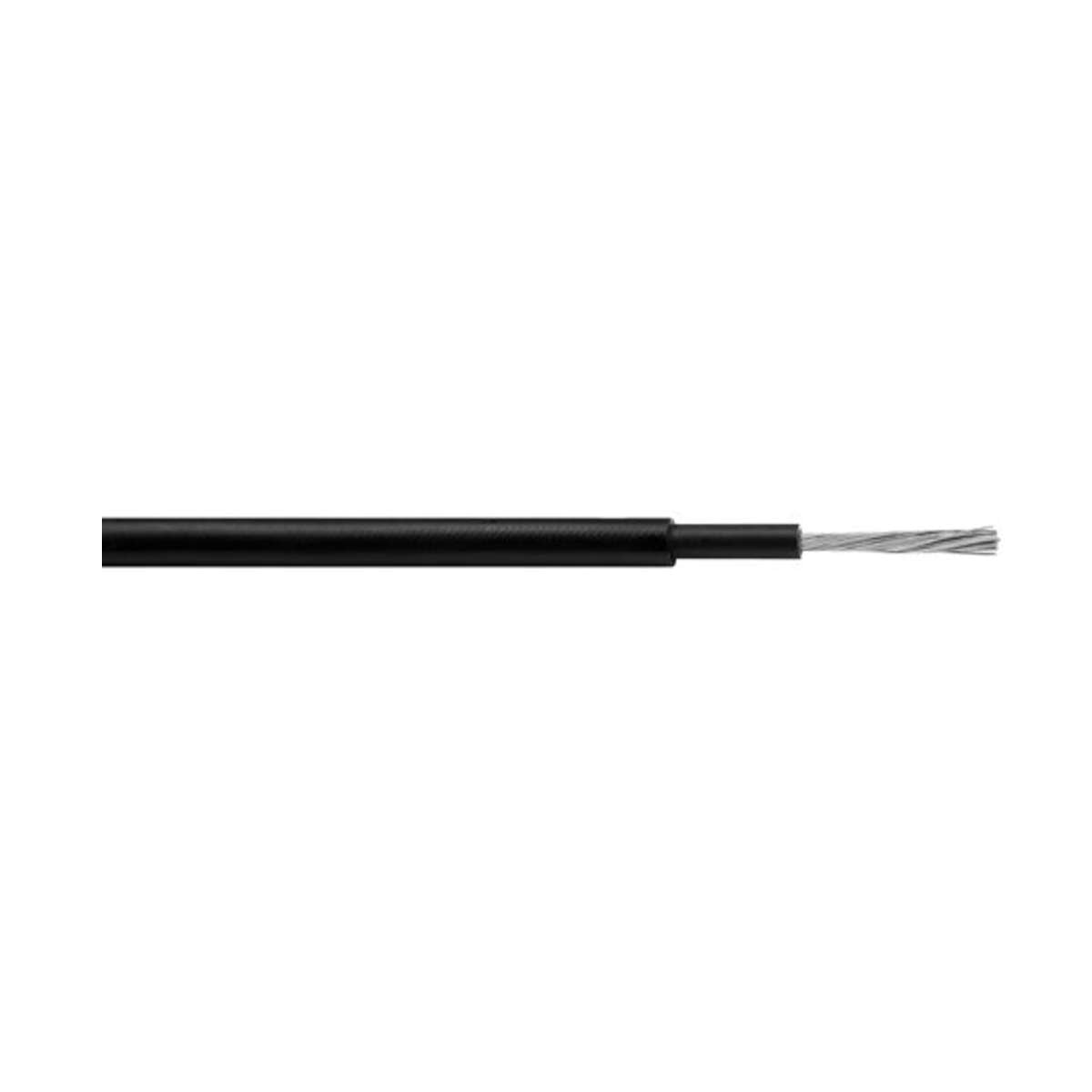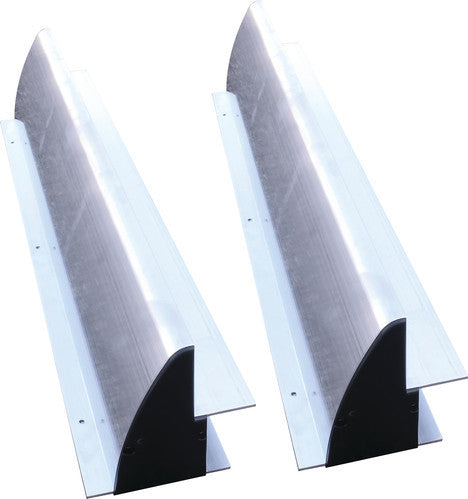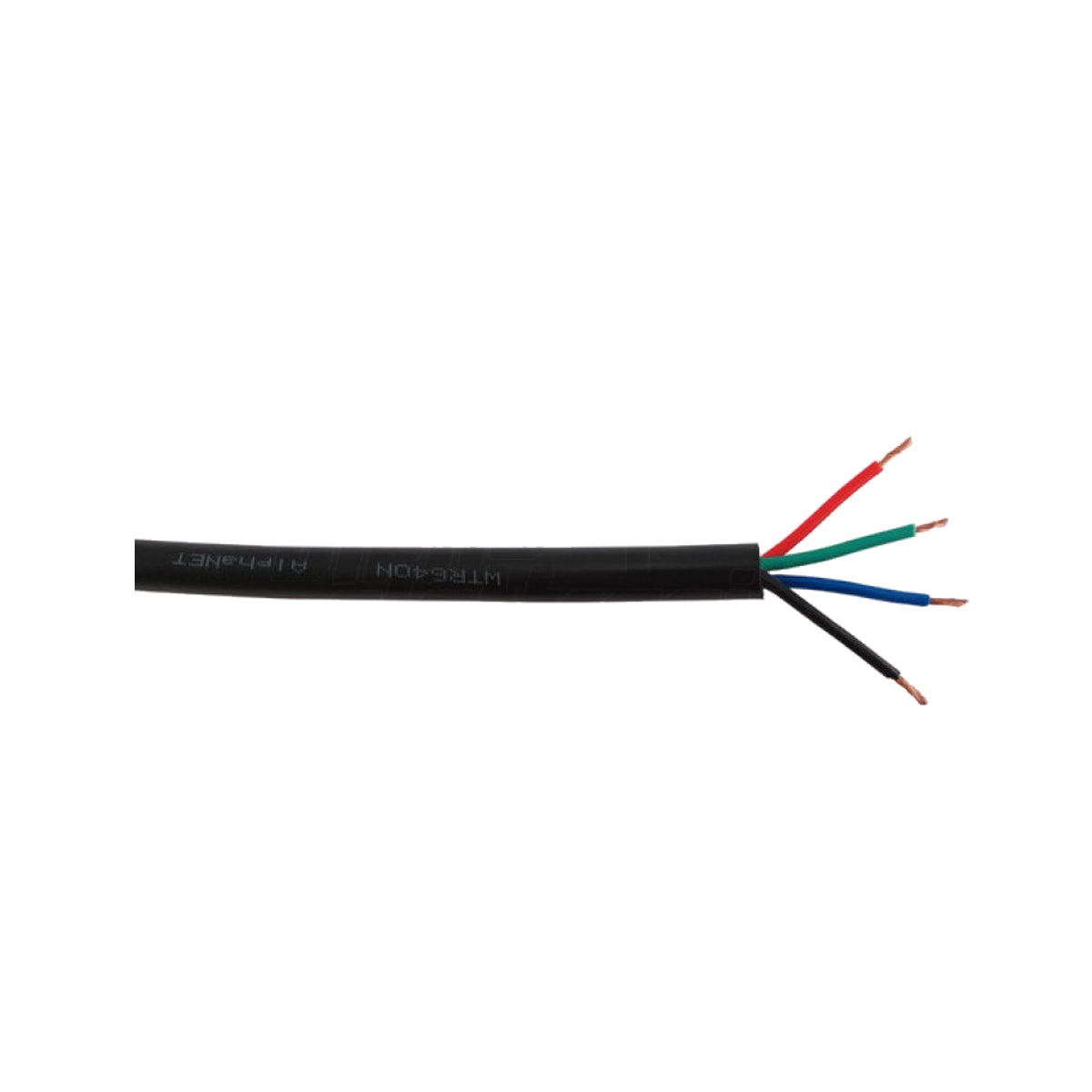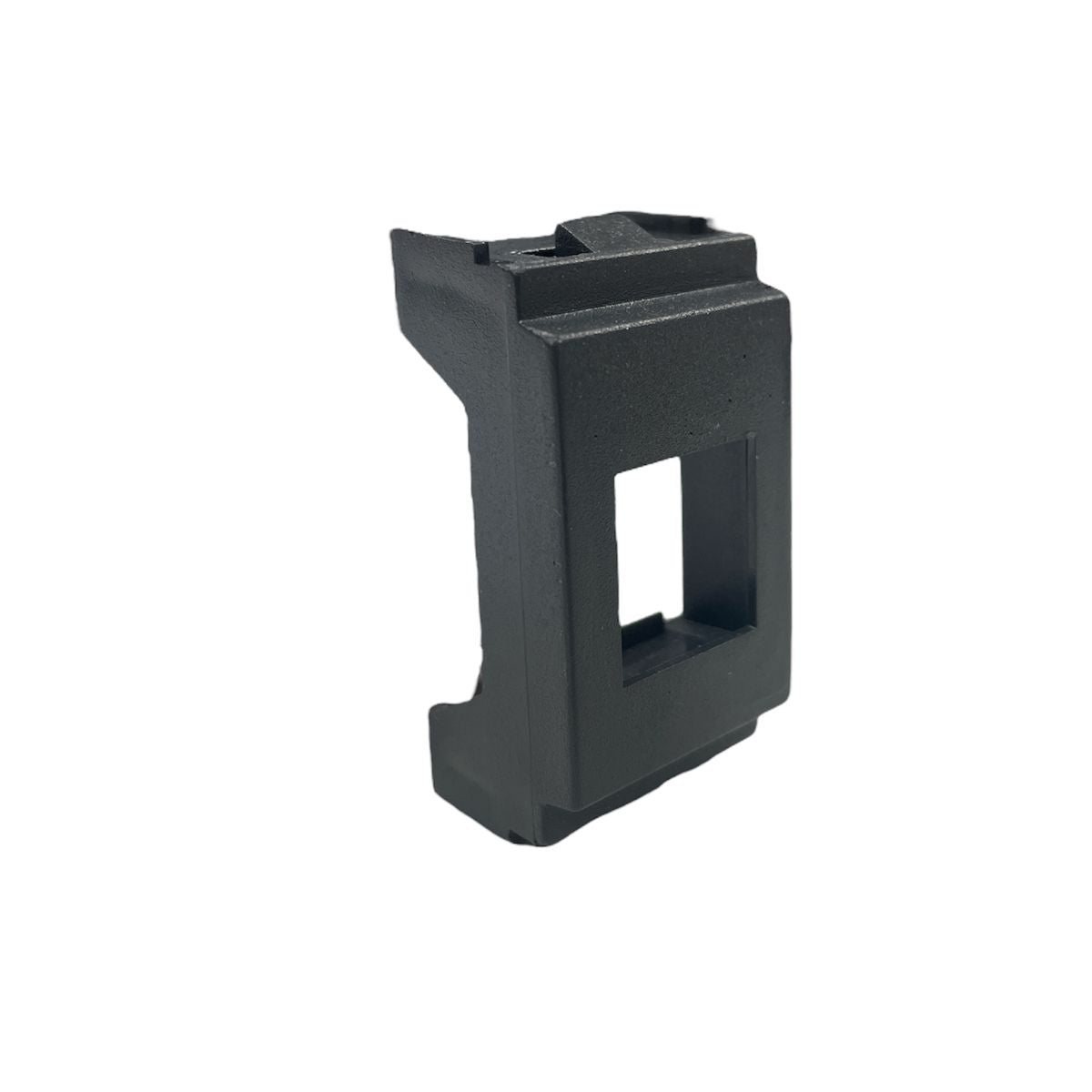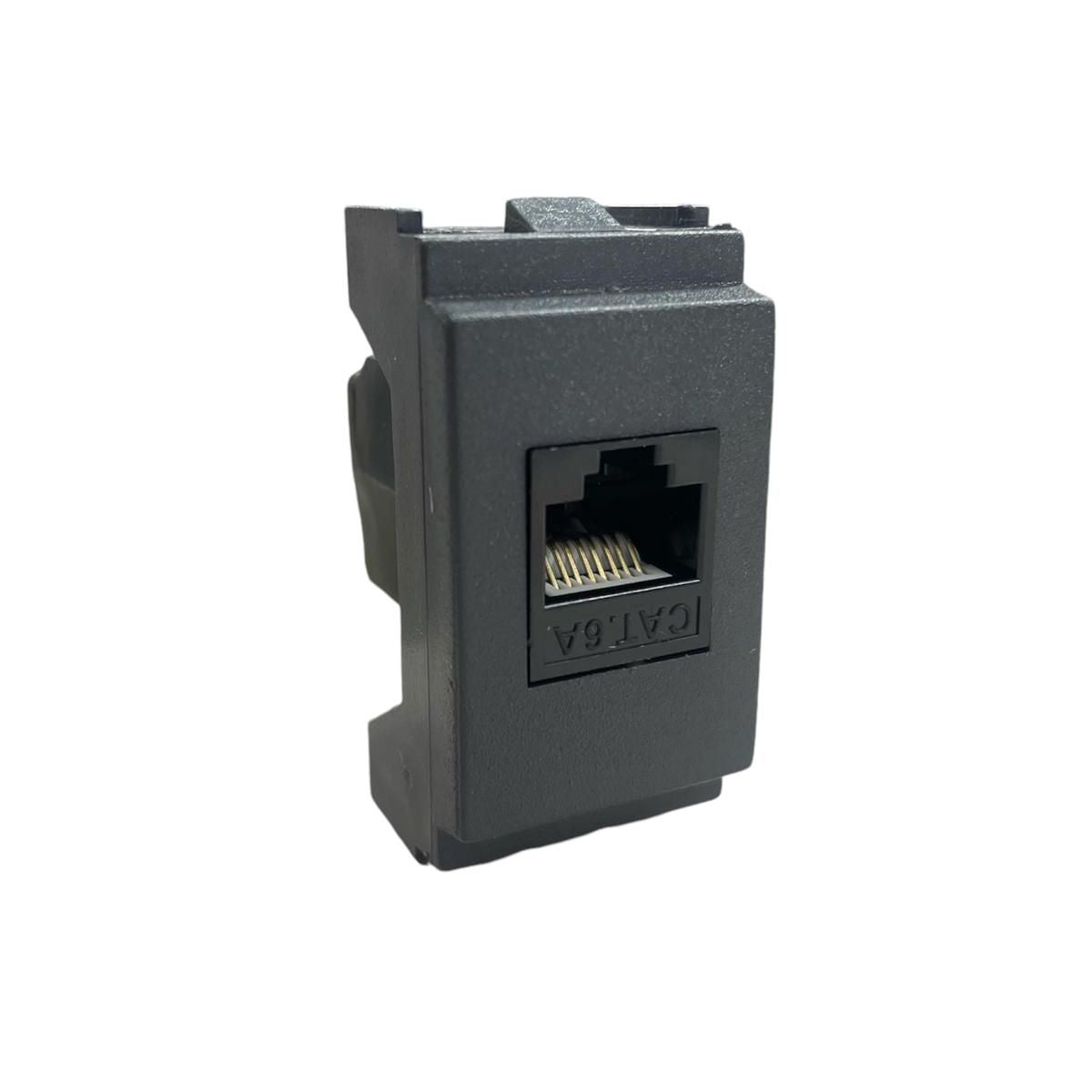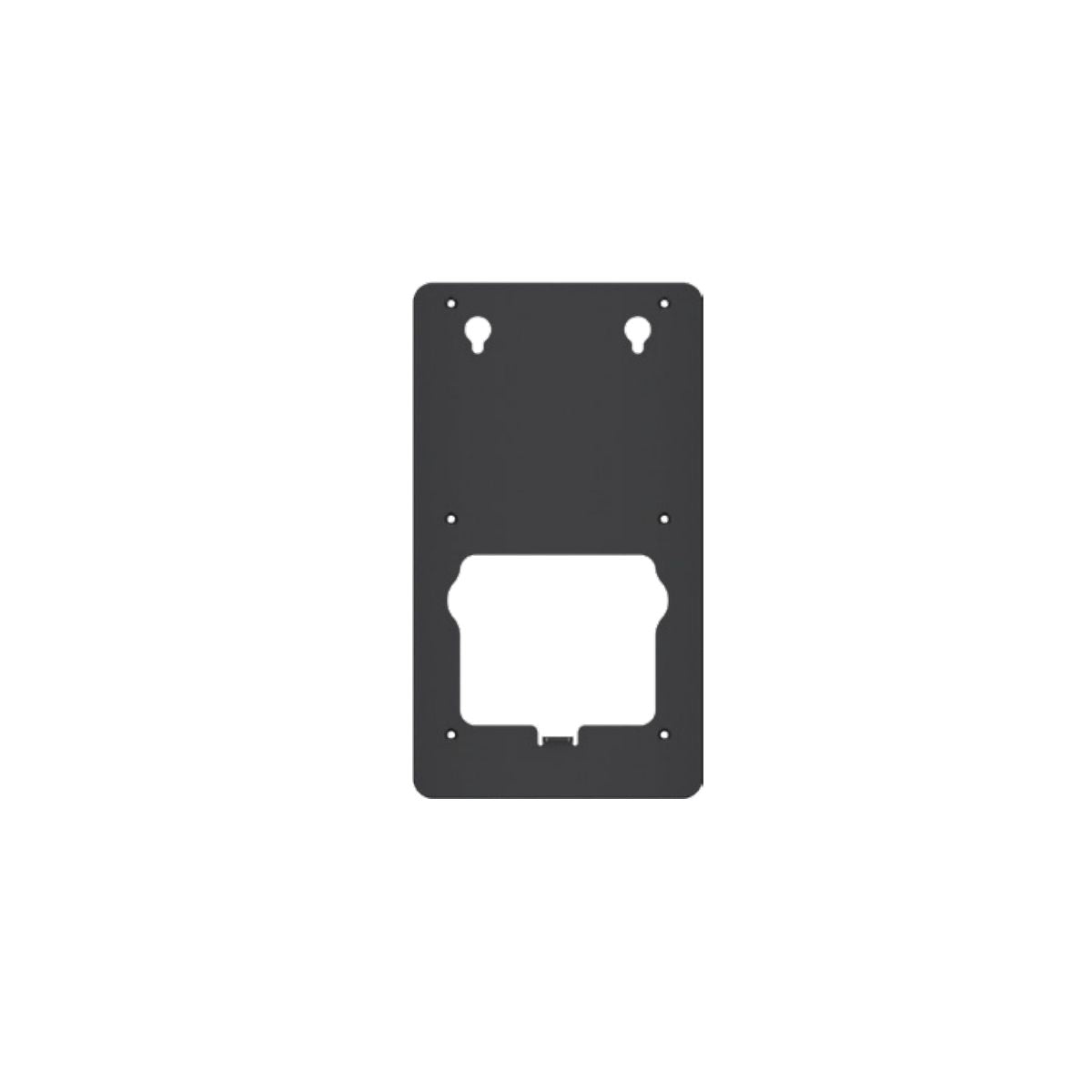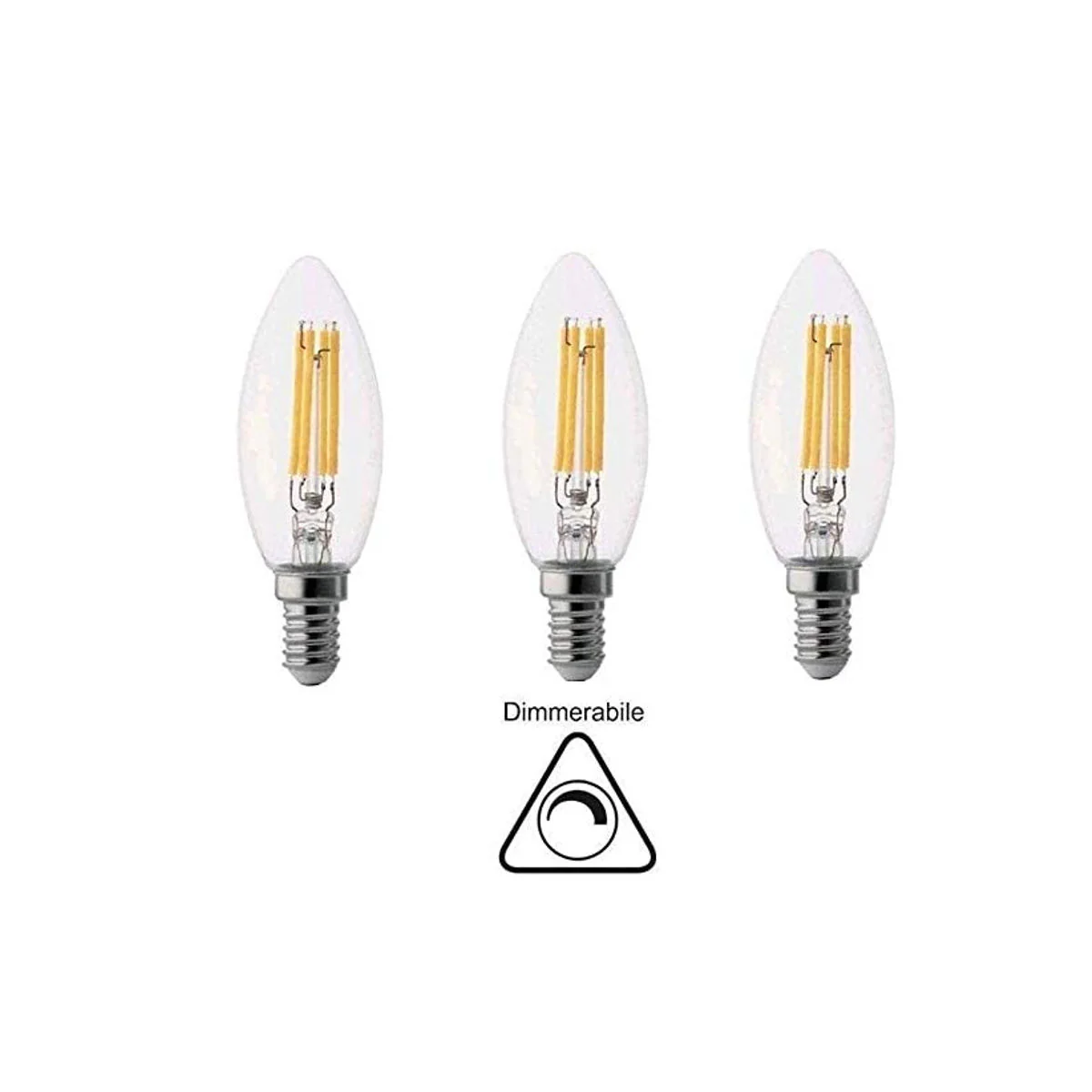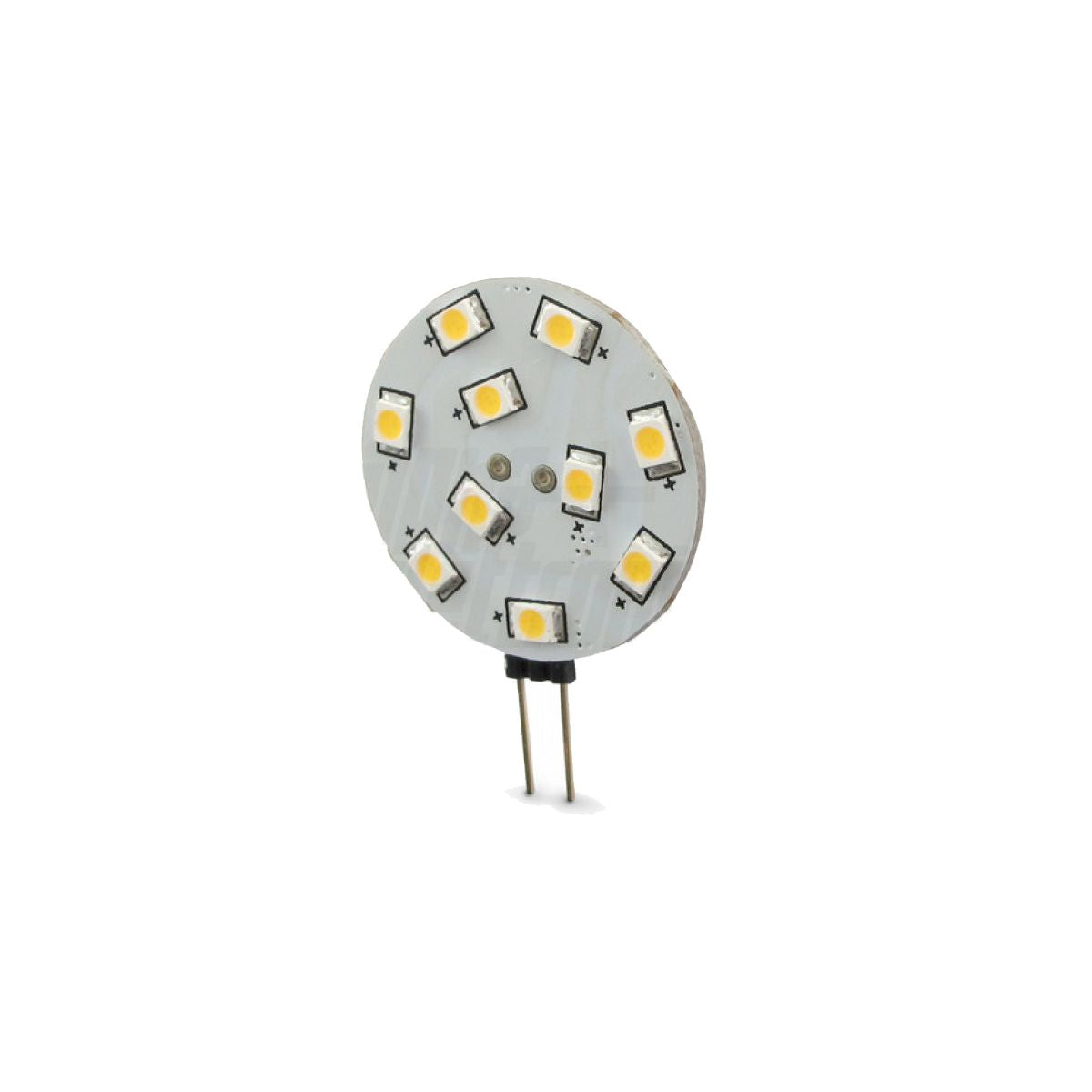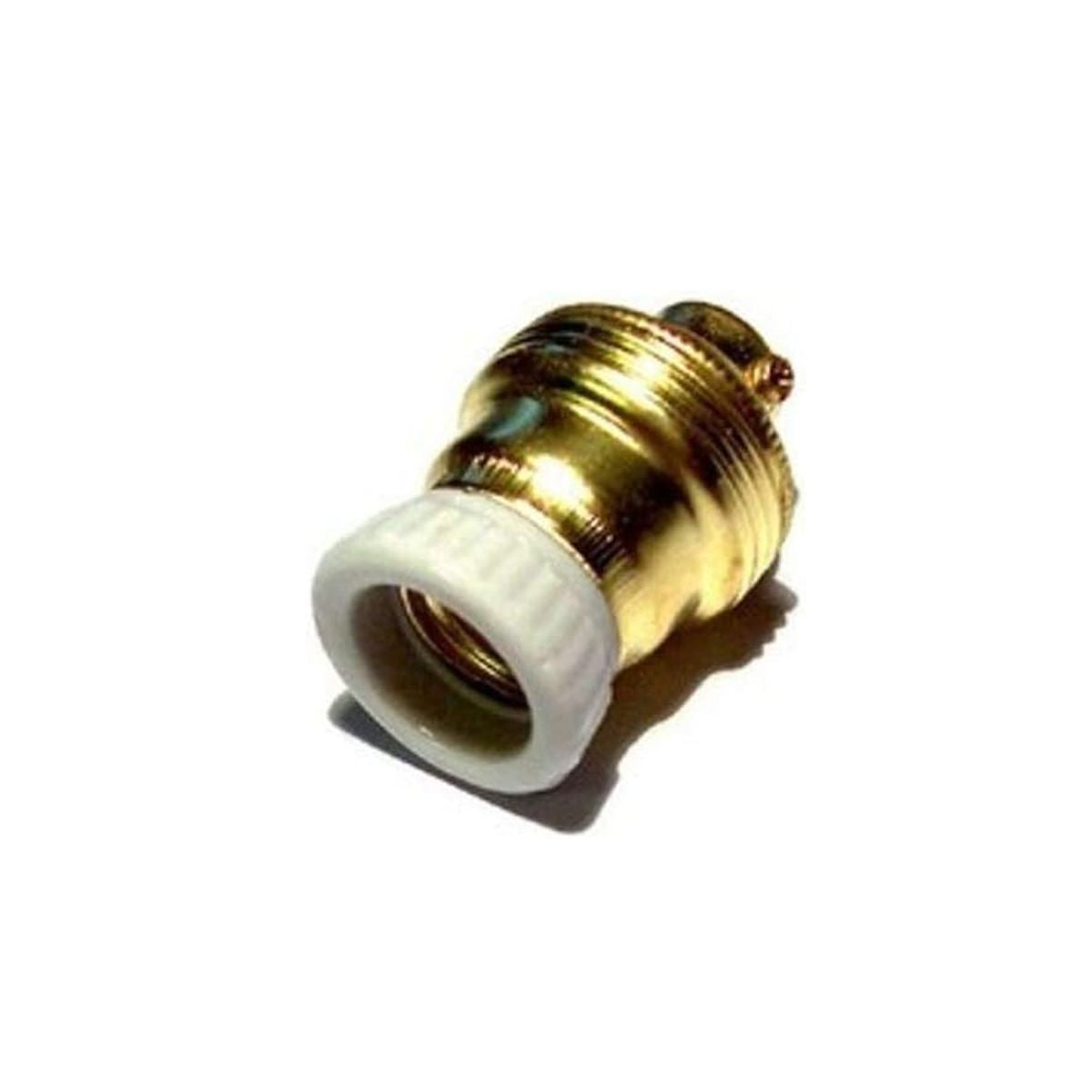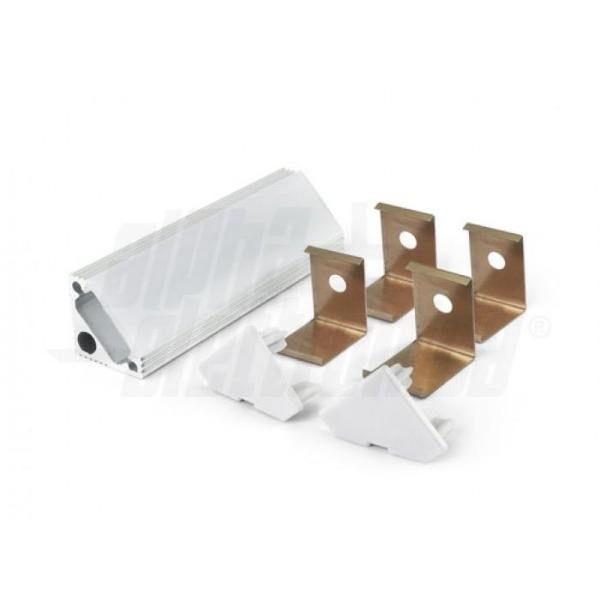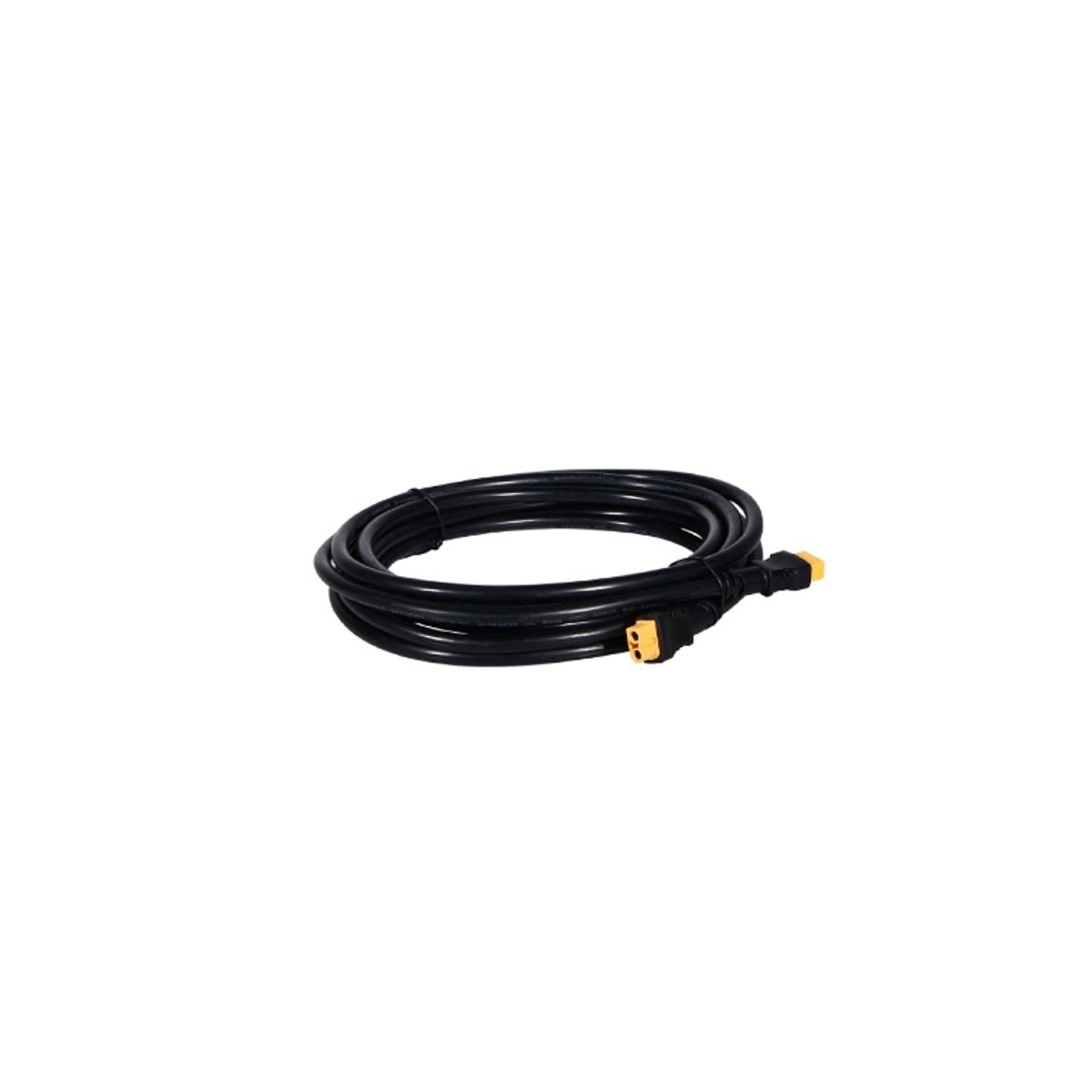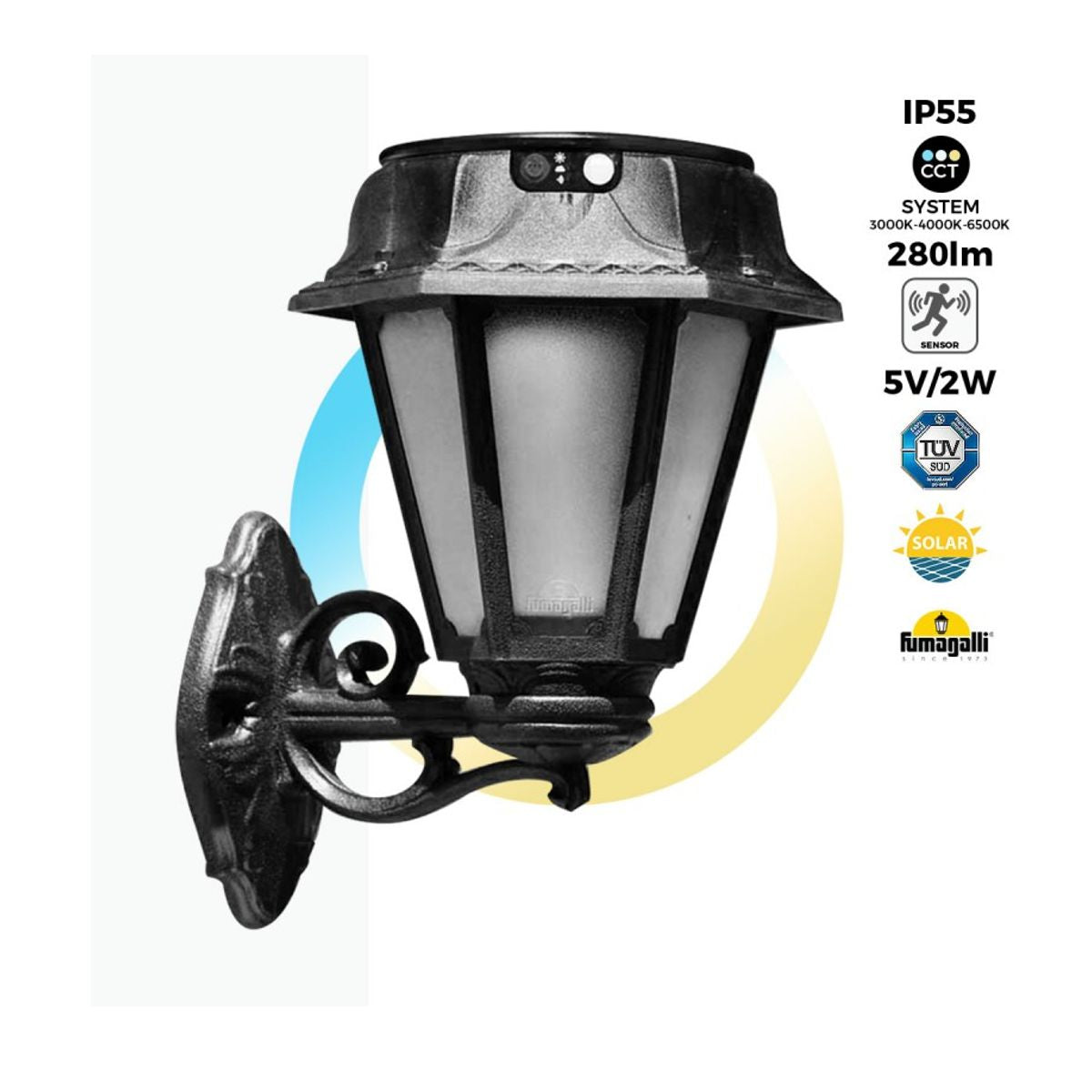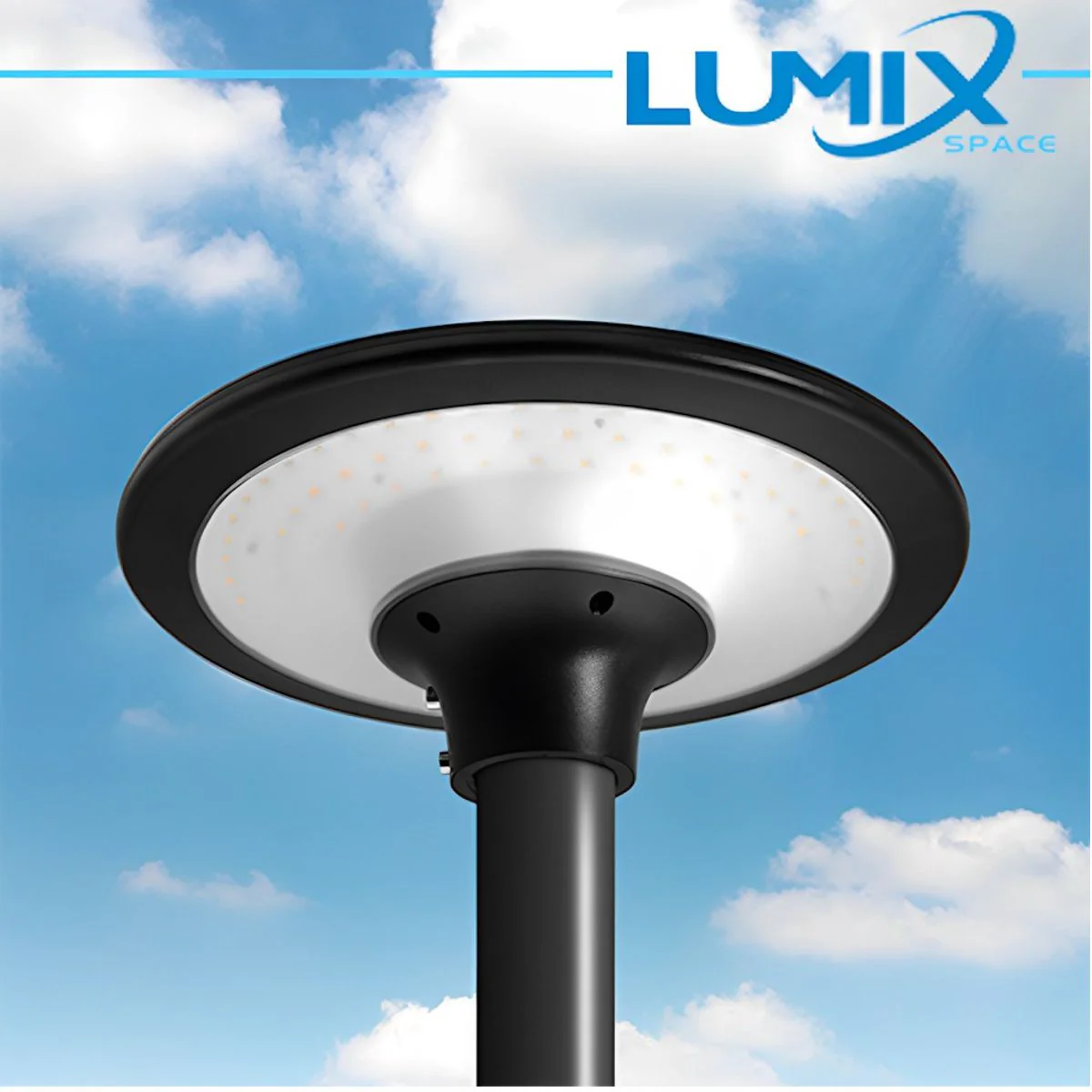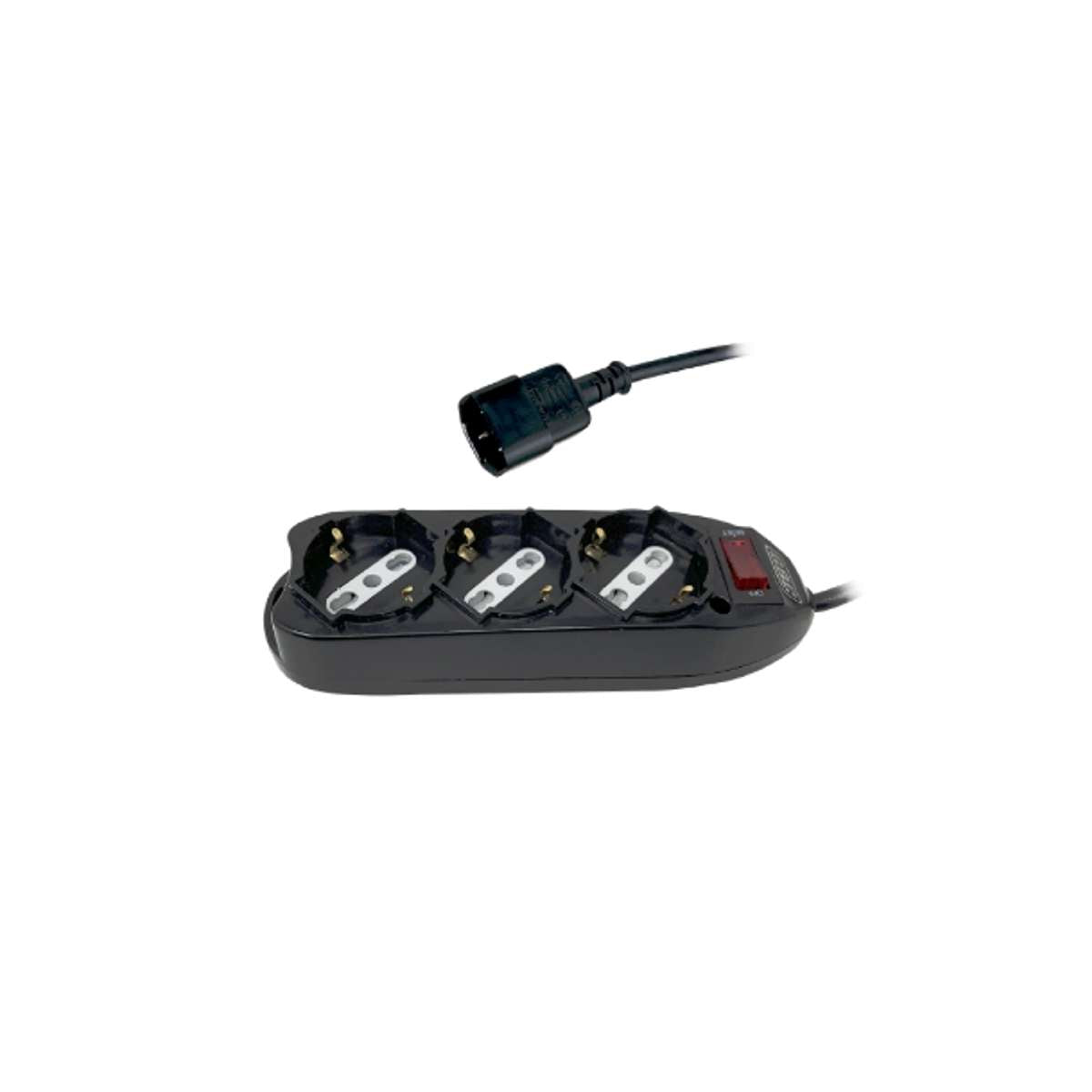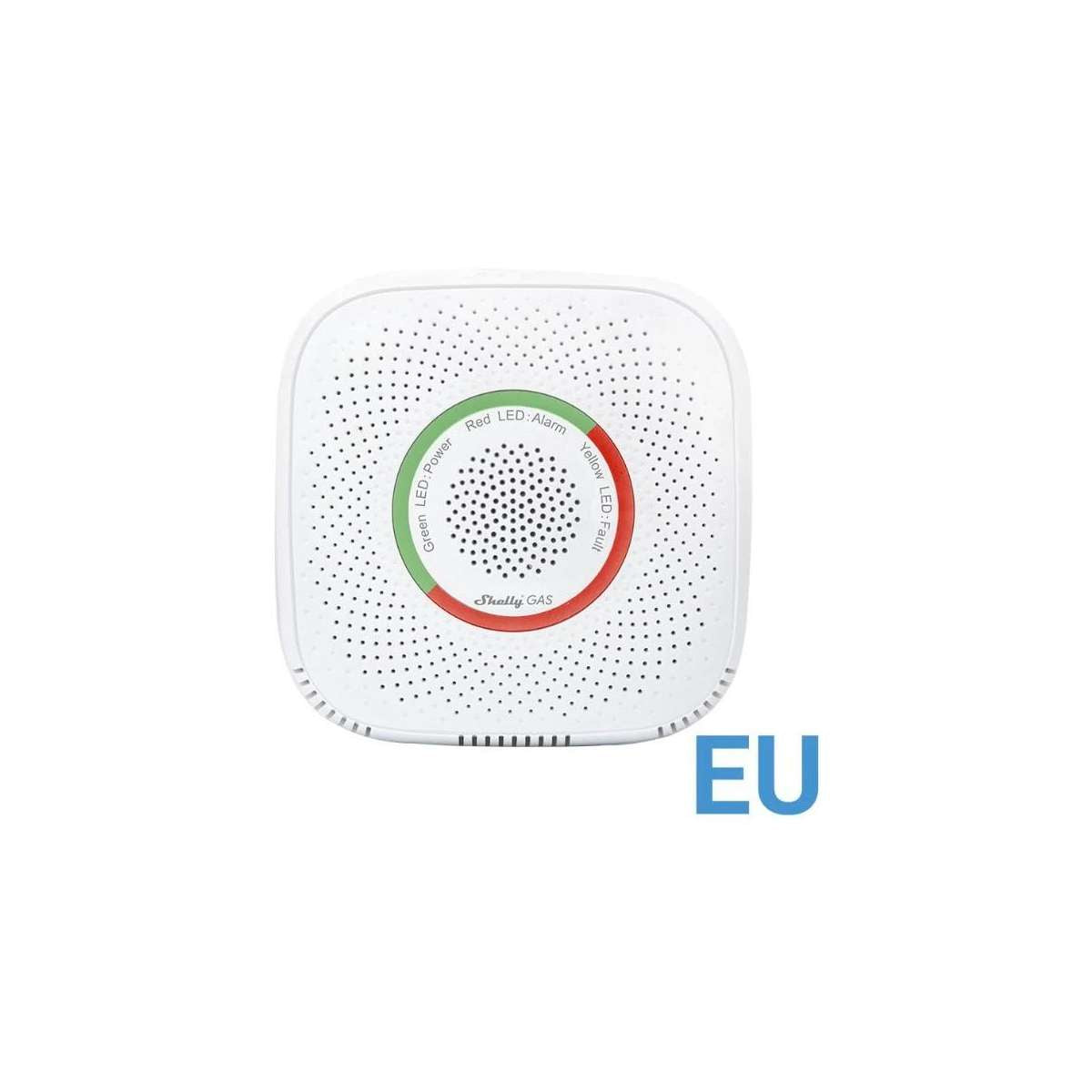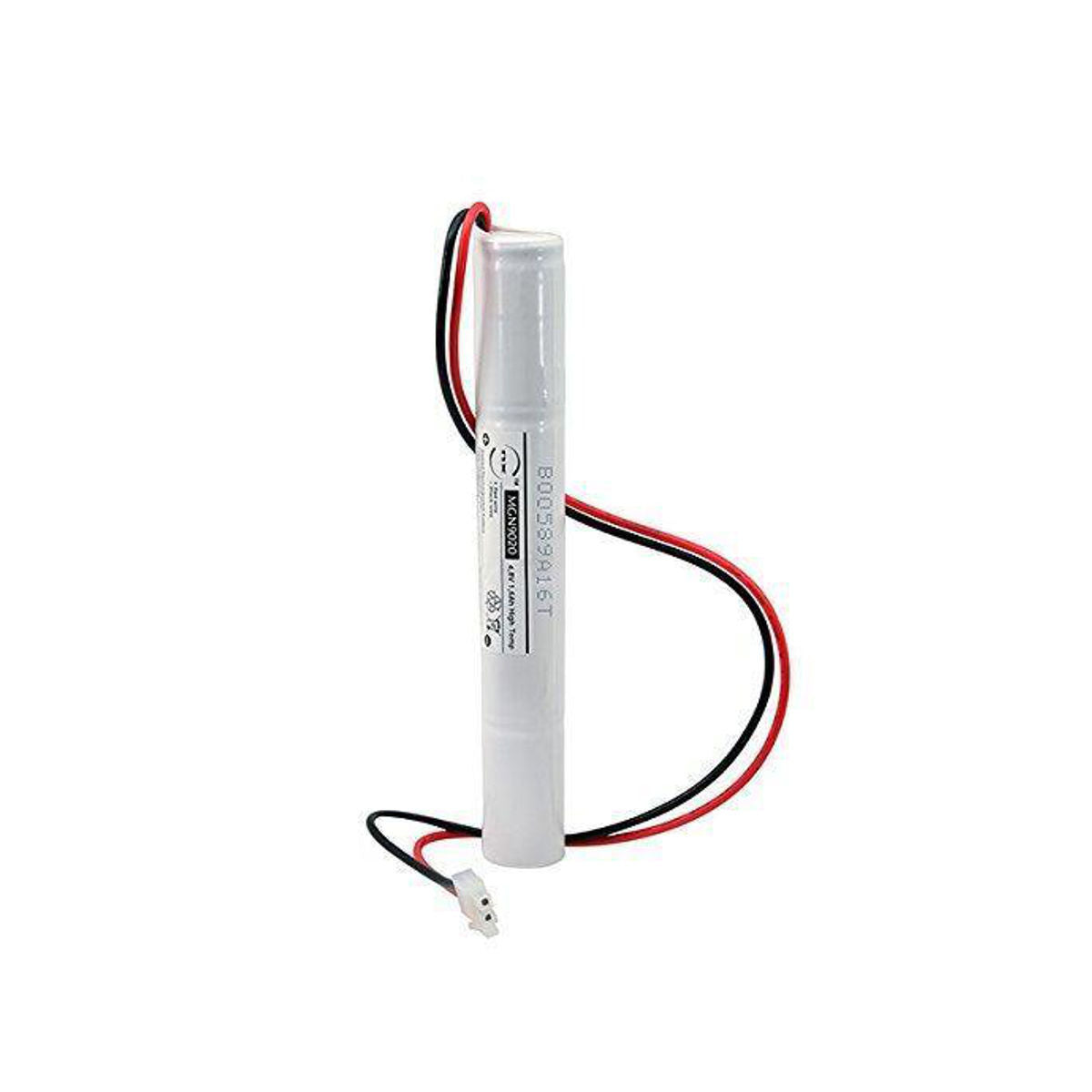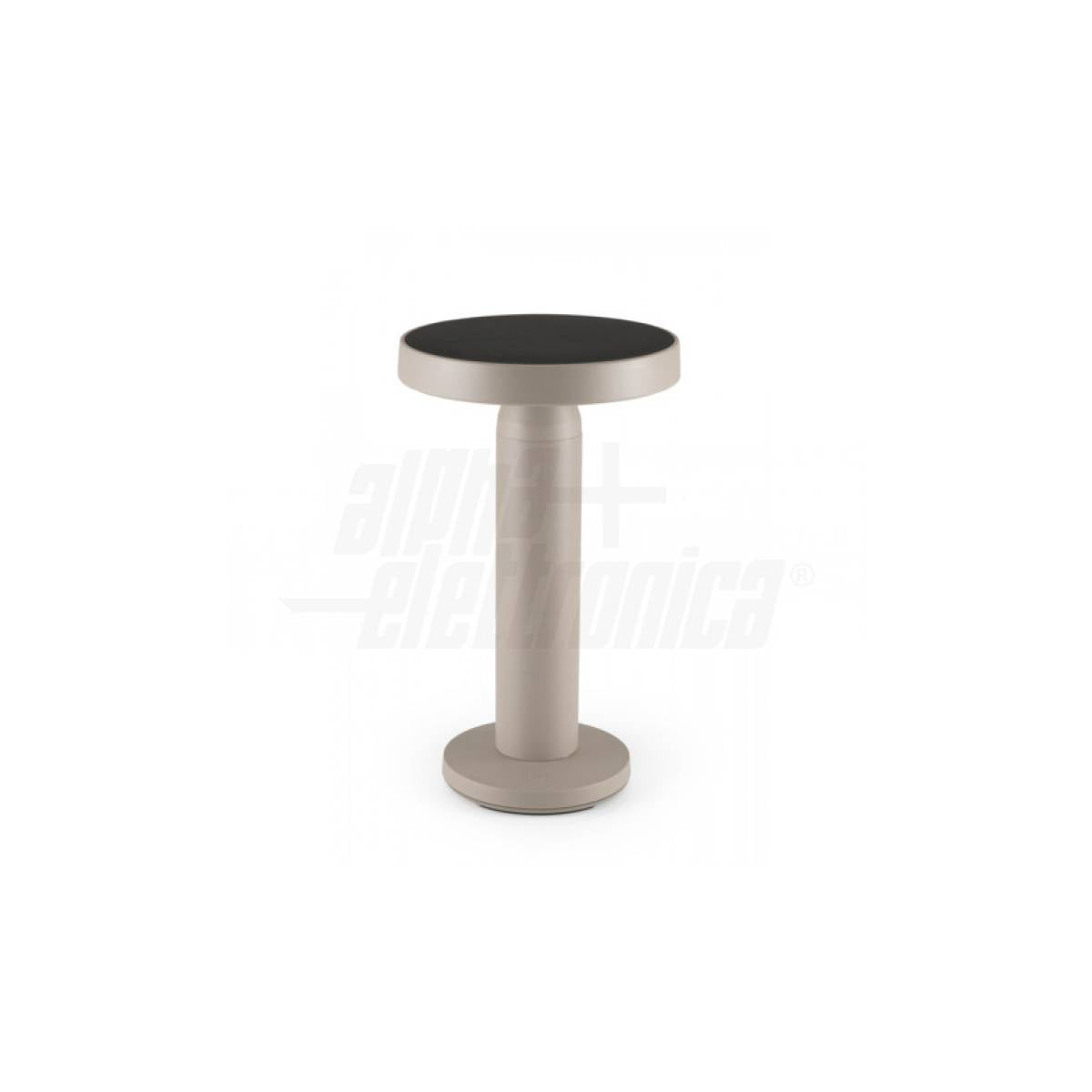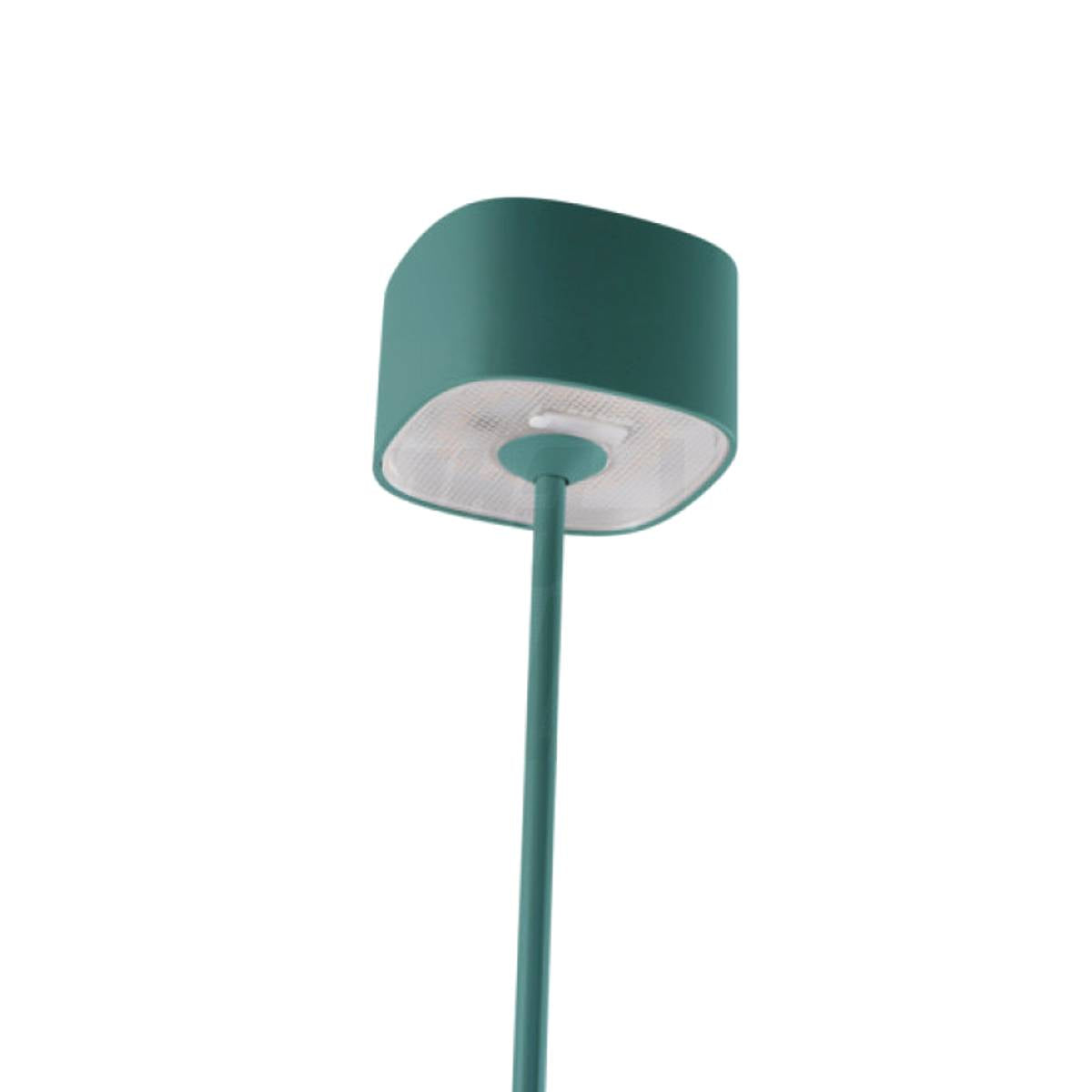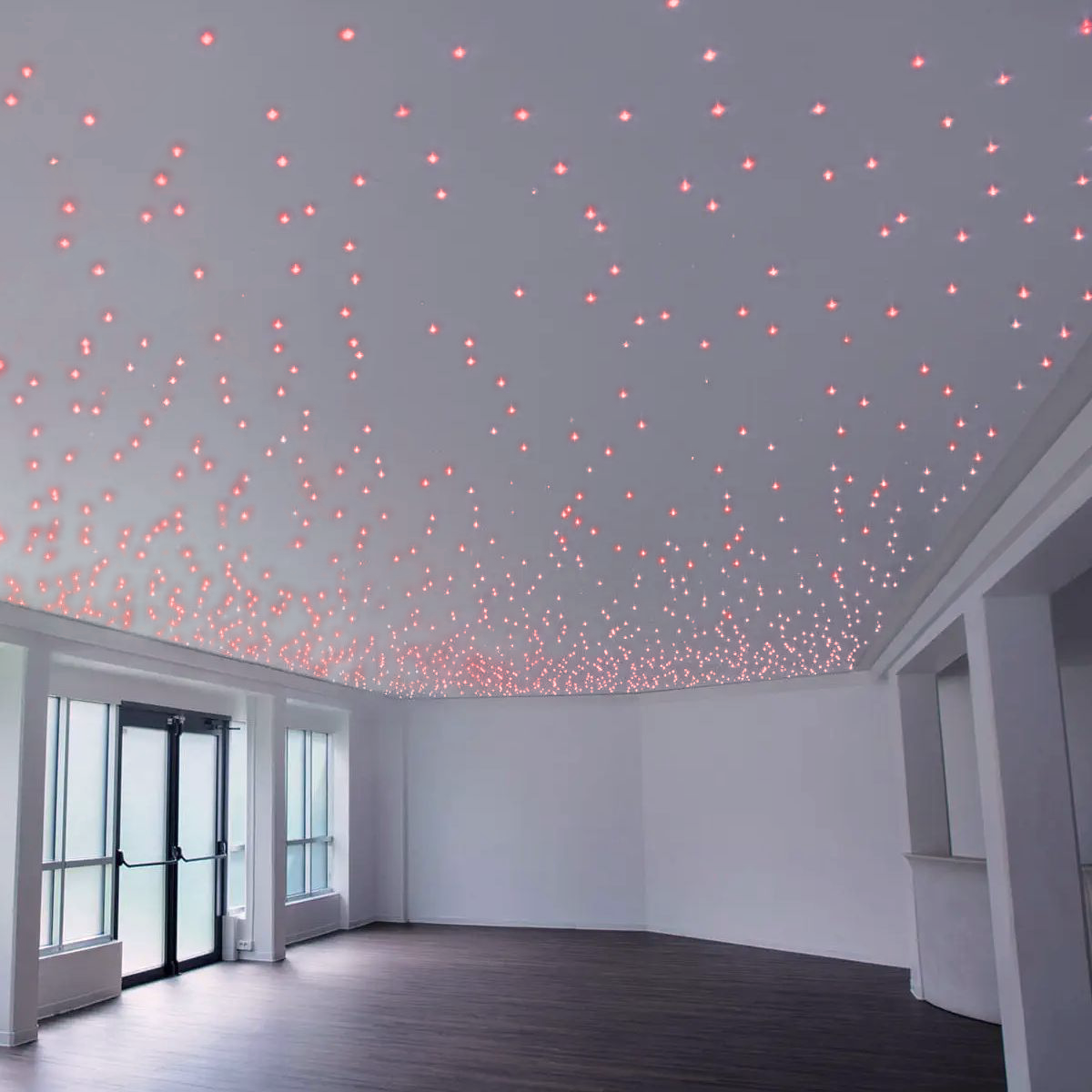Have you ever thought about the fact that until 1878, when the first incandescent lamp appeared, the lighting was entrusted only to candles, oil lamps first and then gas?
Since then, water has passed under the bridges and, in the last decade, the real revolution in terms of lighting has been marked by the advent of modern LED lamps that have not only improved the efficiency of lighting, but have brought innovation in terms of costs and sustainability.

The first electric lamp was the work of Humphry Davy in 1813 , but its invention was not successful. It took until 1878 for the first incandescent lamp produced by Wilson Swan. Finally, Thomas Edison signed the patent for the lighting system that put together a thin filament and an electrical resistance, a system that allowed for the first time to have excellent performances in terms of continuous light.
From here on it was a crescendo, always aiming at two objectives: to better illuminate all environments, internal and external, and to reduce consumption as much as possible .
Until 2018 the market was divided between halogen, fluorescent and LED bulbs , but most of the former were banned by the European Union precisely with a view to reducing citizens' energy consumption. Today, for halogen , there are no new productions, except for non-directional lamps without transformer with energy efficiency lower than B (to be clear, those with a pear-shaped classification) and those with G9 and R7S socket, used for table lamps and projectors. Stocks remain on the market, at this LINK those available in the Oniro View showroom .

The choice therefore falls above all between fluorescent and LED lamps . Both have a high luminous efficiency compared to incandescent ones, but if the average life of the former is 10,000 hours (for incandescent ones we were talking about only 1,000 hours), for LED lamps it reaches up to 10 times as much. Another difference between the two types of lamps lies in the materials that compose them. In the first case these are highly toxic components, while for LEDs the disposal is much simpler and harmless.
The trend, especially with a view to energy saving and sustainability, is therefore, over time, to make more and more use of LED lamps which, even in design, are reproducing the more vintage shapes and styles of filament lamps. . At this LINK the models in our catalog.

